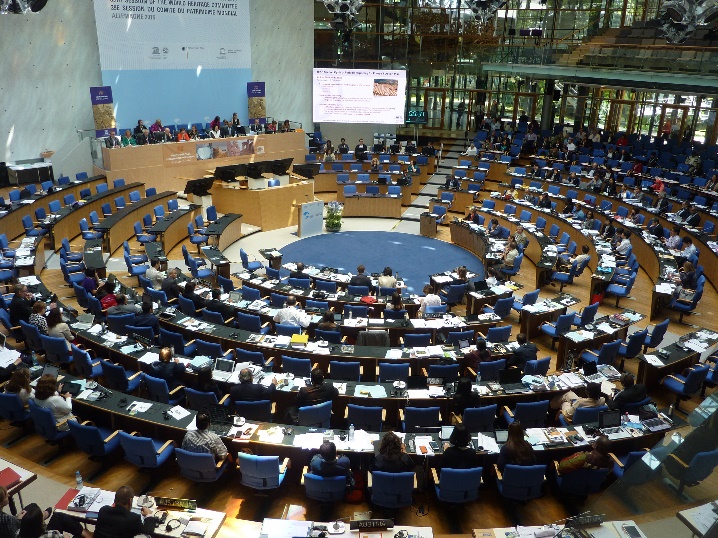Cross-jurisdictional agreements
There is a strong and long-standing working relationship between successive Australian and Queensland governments for the protection and management of the GBR. This was first formalised in 1979 through the Emerald Agreement signed by the (then) Prime Minister of Australia and the (then) Premier of the State of Queensland. This Intergovernmental Agreement (IGA) provides a clear and effective framework for facilitating cooperative management of the GBR, with the commitments of both governments detailed in schedules which help to implement the IGA.
The IGA was updated in 2009 to provide a more contemporary framework for cooperation, recognising challenges that were not foreseen in 1979. Through implementation of the IGA, both governments have agreed and are delivering a joint program of field management, joint action to halt and reverse the decline in the quality of water entering the GBR, and action to maximise the resilience of the GBR to climate change.
The joint development of the Reef 2050 Plan in 2015 led to the IGA being updated to reflect the shared vision outlined in that plan, and renewed both governments’ commitment to protecting the GBR World Heritage Area including its outstanding universal value.
• The fact that the initial agreement in 1979 was signed by the (then) Prime Minister and the (then) Premier of Queensland gave that Agreement, and all subsequent agreements, considerable force and credibility.
• The requirement in the IGA that the GBR Ministerial Forum must meet at least annually helps to oversee implementation and ongoing monitoring of the IGA and the Reef 2050 Plan.
1. It is important to periodically review and update such intergovernmental documents. The 1979 Agreement was updated in 2009 and again in 2015 to provide a contemporary framework for cooperation between both governments, recognising challenges such as climate change and catchment water quality that were not foreseen at the time of previous IGAs.
2. Implementation of the IGA is overseen by a GBR Ministerial Forum, consisting of relevant Australian and Queensland government ministers; this ensures an integrated and collaborative approach by the Australian and Queensland governments to the management of marine and terrestrial environments within and adjacent to the GBR World Heritage Area.
3. The Reef 2050 Plan, now a formal schedule to the IGA, includes a commitment from both governments to work together on GBR management and continue collaborative efforts with industry, science, traditional owners, conservation organisations and the broader community to improve the health of the GBR.
